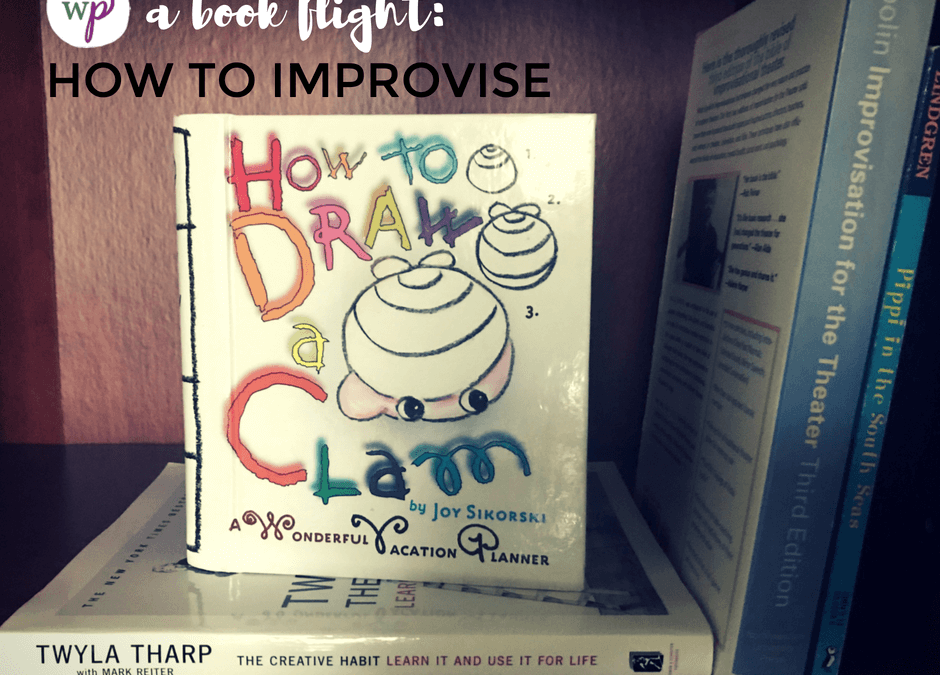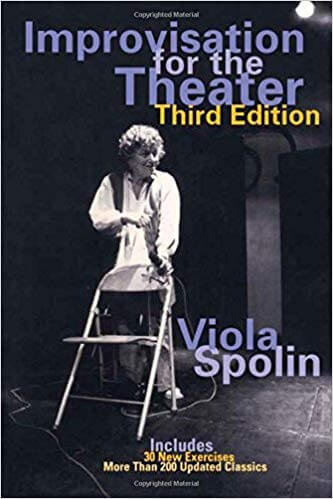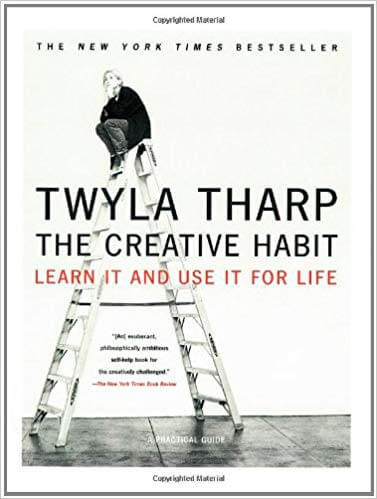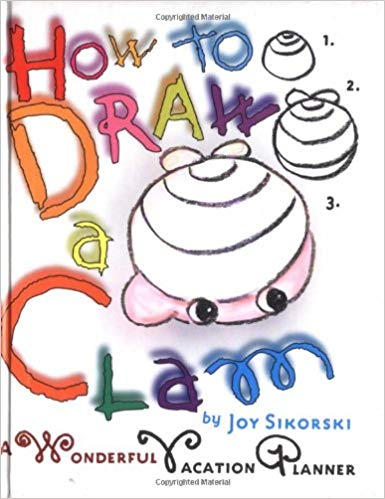by Naomi | Oct 3, 2016 | Creative Life

I used to think that in order to do improv you had to be funny.
By funny, I meant witty. I meant the kind of person who tosses off one-liners on Twitter that make people fall off their chairs laughing.
Then, I studied improv. I was shocked to learn that the wittiest actors had a more difficult time learning to improvise than most. Why? Because the foundational skill of improv is listening. Once they’ve truly listened, improvisers are taught to say, “Yes, and …”
Time after time, I watched the funniest actors either say, “No, but listen to my hilarious idea,” or struggle to speak at all, too caught up with their own plans to be present in the scene. When we say “yes, and ….” we have immediate momentum. Many of us have heard this phrase so often that it’s easy to miss its subtle power. But for a moment, stop to consider a challenging situation in your life.
What if rather than struggling along, you could have immediate momentum?
Let’s put “yes, and …” into context.
Say you’ve been wanting to organize your garage for quite some time. In fact, it’s become such a jungle you think small creatures may be hiding out there. What would happen if the next time you think (or your spouse says) “You know, we really should clean the garage,” you said, “You’re right. I’ll take a few minutes right now to straighten the shoes.” Once you’re out there, straightening the shoes, how likely is it that you’ll think of three or four other small tasks that you can do without too much effort? Each task moves you closer to your goal: a clean garage. Presto! Instant momentum. That’s what you normally say and do, right? Of course not. What you do is think something along the lines of “I know, but it’s such a mess and I have no idea where to start, and what difference will it make anyway? It will just get messy all over again.”
“Yes, but …” or worse, “No” stop us in our tracks. Every time we say these things, we might as well be pulling out a shovel and digging ourselves deeper into a trench. We are literally becoming entrenched.
“Yes, and …” is deceptively simple. But, mastering this phrase can transform your life.
Say Yes
The next time you’re with your daughter or niece and she tells you, “There’s a dragon in the living room,” try saying, “Seriously? Let’s go sneak up on it!”
The next time someone invites you to try something new and you’re not sure if you’ll fall flat on your face, try saying, “I’d love to try. Can you show me how?”
Should We Always Say Yes?
Sometimes we need to establish boundaries. We can’t say yes to every coffee invitation, every work project, or every cupcake offered. On stage, sometimes actors throw out a wild, impossible suggestion. “Let’s use our wings and fly!” In these cases, both actors have to think, “How might I say yes? How might I move the scene forward?”
What we’re aiming to avoid is the knee-jerk no. It’s the no that leaps from our lips the minute we face the unknown or unexpected. The knee-jerk no is powerful, and much more present in our lives than we realize. What would happen if for one day, you banned the word no? What if every time you were about to say, “no,” you asked yourself, “How might I say yes?” If nothing else, you might have to say, “Maybe. I’ll get back to you tomorrow.” But for one day, what if your knee-jerk answer was yes?
Add And
Surprisingly, as hard as “yes” can be, the part that’s even more difficult for many actors is “and.” One actor says, “Watch out! It’s an alligator.” The second actor jumps back, turns to the first actor and asks, “What do we do?” Now the first actor has all the responsibility to continue building the scene, while the other actor passively comes along for the ride. What if the second actor said, “I have a lasso!” Suddenly, the scene has become a lot more interesting, and it’s probably headed in a direction the first actor didn’t expect. Most of the time, diversity of thought makes for more layered and unexpected ideas.
This kind of situation happens in real life, too. A coworker or boss tells us, “We don’t have enough people attending our event to break even with our budget,” and we reply, “What can I do to help?” What if, instead, we said, “Do you have a minute to brainstorm? One idea might be …” “Yes, and…” is the equivalent of reaching out to offer a hand when someone is struggling to carry an awkward box. The point is not to make every problem our problem, or to tell other people “You know what you should do …” but rather to notice opportunities to not only offer support, but to collaboratively transform the moment into a possibility neither person expected.
My question to you is—What would happen if for one day, you intentionally said “Yes, and …” to the world around you?
Have fun experimenting, and let me know how it goes!

by Naomi | Apr 6, 2016 | Creative Life
When we don’t leave room in our plans, we squash the possibility of surprise. What’s worse, we often don’t realize we’re limiting ourselves.
Picture two actors onstage, beginning an improvised scene.
Actor One: (pointing frantically) Oh no, look, it’s a Tyrannosaurus Rex.
Actor Two: (leaning forward) And look, he’s nodding at us. I think he’s trying to tell us something.
Actor One: He’s running straight toward us! Run!
Actor Two: (running along behind Actor One, looking over her shoulder) I wonder if we should try to talk to him?
Actor One: He’s a monster. AGGGGH! Run!
Actor Two can’t salvage the scene, and ends up running offstage with Actor One. The scene is over.
In improv, we call this scenario “saying no.”
Actor One began the scene planning for a T-Rex to chase her offstage. No matter what her scene partner said, Actor One insisted the scene go as she planned. She said no to all the options and possible surprises Actor Two introduced.
Why might this happen?
Actor One might be feeling nervous. The audience is watching, and the silence is lengthening. So, she blurts out the first thing that comes to mind. There’s a T-Rex! Good! Drama. Danger. The silence is broken. But Actor Two, relieved of the burden of introducing the first idea, sees the dead-end problem in the scene. Two actors shrieking and running away isn’t really a scene. So, Actor Two introduces the possibility that this T-Rex isn’t like other dinosaurs. If Actor One allows this new idea to develop, something interesting might happen. Neither actor is responsible entirely for the success of the scene. Both actors are likely to be surprised. When actors are bold enough to say yes to the unknown, interesting things can happen.
Often, we say no in our real lives, too.
- We have a firm agenda for a meeting or class and refuse to be sidetracked, even when interesting opportunities for learning or exploration arise.
- We mentally script a conversation or confrontation and don’t leave room to listen and respond in real time.
- We schedule our days to their very edges and don’t leave room for serendipitous detours.
Unfortunately, the solution isn’t as easy as throwing plans out the window. Classes, confrontations, and even day-to-day schedules suffer if we don’t prepare at all. Maybe here, we can learn a thing or two from improvisational actors.
- First, improv actors know that improvisation is a skill to be practiced and refined. It’s not a “who cares, I don’t need a script” attitude. Rather, improv actors shift their focus from practicing for ONE predictable scenario into practicing for a MULTITUDE of scenarios. They practice listening, saying yes, and adding ideas to move the game forward.
- Second, improv actors know that every scene is an experiment. Some will work better than others, and some will completely fail. They accept the failures as part of the learning process.
- Third, improv actors build possibilities in the spaces between people, rather than limiting the options to their own experience, ideas and skill set. They aren’t afraid to collaborate and to allow others to help.
Recently, I’ve been challenged to take steps forward into new territory–artistically, professionally, and personally. What’s fascinating is how pertinent my improv training continues to be, no matter how far the challenge is from an actual stage. It turns out that improvisation can be a training ground for real life. As in on-stage improv, when you approach life’s situations with an open-for-surprise attitude, delightful things can happen.
I wonder: In what life situation might you practice the art of improvisation? I hope you try it, and if you do, share your story on Instagram or Twitter and tag me. I’d love to hear how the experiment goes for you.








